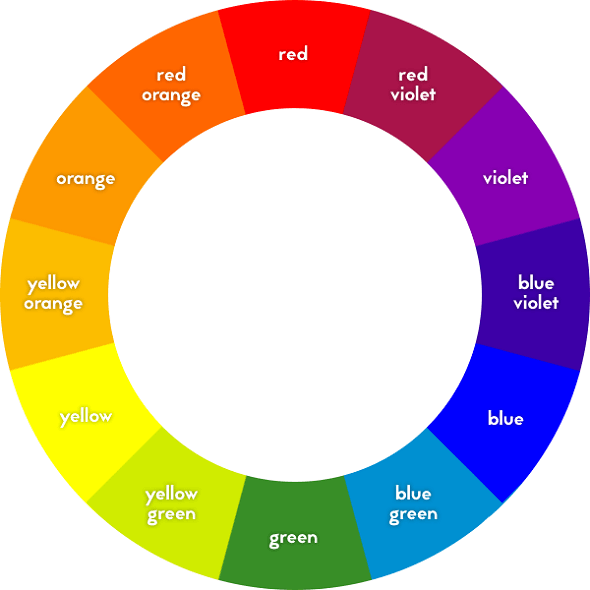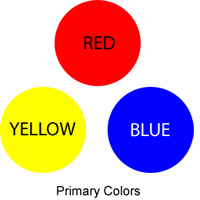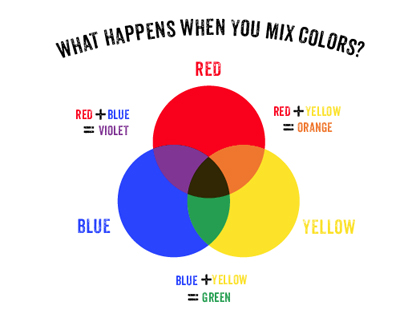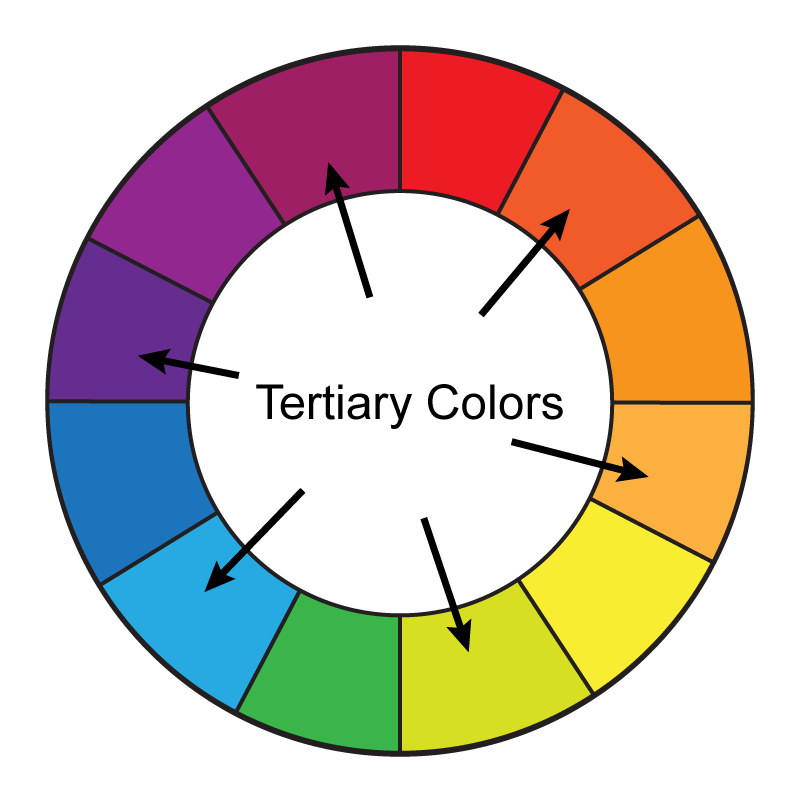What are Tertiary Colors? Learn the Color Theory
What are the tertiary colors? Learn the color theory and how they are created.
Even the most experienced professionals find themselves going back to the basics on occasion. From reviewing the fundamentals of their field to finding out the core ideas of even the most complex concepts, refreshing basic knowledge is definitely important.
And, this principle certainly applies to artists and other individuals who work with colors. After all, there is a wide variety of colors and concepts used by professionals that help them create visually stunning and enriching work.
Going back to the basics is essential for artists or designers, especially as the extensive range of hues and color families can become overwhelming. By doing a refresher, they can familiarize themselves once again with the most fundamental hues.
If you are an artist or a designer, a review of the nitty-gritty means looking back to the color wheel. So, why don’t we start with that?
Keep on reading…
The Color Wheel
As kids, one of the first lessons you had about hues covered the three major categories: primary, secondary, and tertiary colors.
As an artist, you know that they are arranged according to their color relation. Therefore, colors sit beside analogous colors. For example, red sits by red-orange, which sits by orange.
Organize this progression in a wheel and you get the color wheel.
Primary Colors
At its most basic, you will see only three colors on the wheel. These are primary hues namely red, yellow, and blue.
These pigments cannot be created by mixing others. This means that in classic color theory, these are the most fundamental.
Experimenting with colors entails combing one hue with another. When you mix two primaries, what do you get?
Secondary Colors
Blending two primary hues will give you secondary hues, namely orange, green, and violet or purple. Keep in mind that blending hues requires exact proportions. For secondaries, you need equal parts of primaries.
So, you can create orange by infusing equal parts of red and yellow. Green is produced by a 1:1 ratio of yellow and blue, while purple is achieved by merging one part of blue and one part of red.
On the wheel, these hues are placed between two primaries. But what happens when you mix one primary and one secondary? Read on…
Tertiary Colors
The common answer is that one primary and one secondary hue will produce a tertiary color. This means that red-orange, yellow-orange, blue-green, yellow-green, red-violet, and blue-violet are tertiaries.
To locate tertiaries on the wheel, just find a set of three analogous pigments. The one in between a secondary and a primary is the tertiary hue.
Just like secondaries, you can only create tertiaries by using equal parts of each color.
The less common answer, tertiary colors are the combination of two secondary colors.
Wait, what?
Above, we said that most people will tell you that the combination of one secondary and one primary will give you a tertiary hue.
But, there are some who would argue that the resulting color is not called tertiary, but an intermediate or intermediary color.
In fact, there are legitimate sources that say that this is the correct term for such combinations. This is because they “mediate” the secondaries with primaries, especially as they sit between the two on the wheel.
If this is so, then you might be wondering what you should blend together in order to create tertiaries. According to sources who assert this idea, tertiaries are actually an infusion of two secondaries.
With this explanation, any beginner will have an idea as to why working with colors can be overwhelming. Well, experts know that things can get more complicated with experimentation.
Find out how you can experiment with the colors below…
Experimenting with Hues
As mentioned secondaries and tertiaries or intermediates are created only by mixing equal parts of two hues. However, you can definitely try blending unequal parts.
You can also blend in other colors, white and black for a more expansive palette.
This can result in a wide range of hues, which can look similar but have their own distinct characteristics.
For example, teal can look similar to Turkish blue, especially as they both belong to the same color family. However, teal has a deeper and more greenish attribute, while Turkish blue has more blue bias and a more muted tone.
By experimenting with colors, you are bound to create a blend that can perfectly fit your vision for your work.
The Bottom Line
Reviewing the color theory basics certainly sheds some light even on the most complicated concepts. When it comes to hues, working with primaries and experimenting to create new colors is a great way to expand your palette while giving life to your work of art.
We hope you enjoyed our explanation of what tertiary colors are and how they’re created.
Read Latest Posts

Hi, I'm Anthony Tran! Welcome to my site. I live in Arizona and am obsessed with all things related to building an Online Business and working from home. Learn about my journey here.
Follow Online






